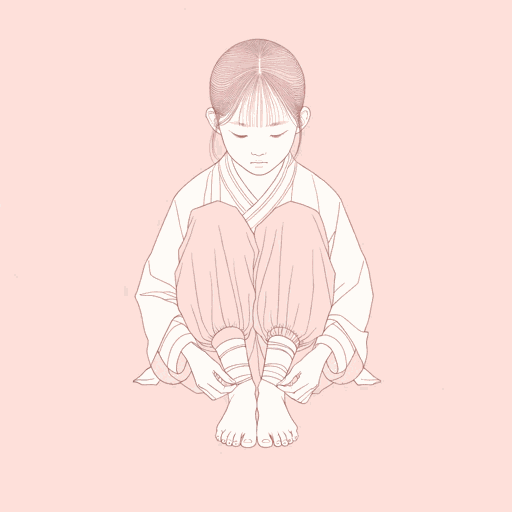70 pages • 2 hours read
Lensey NamiokaTies That Bind, Ties That Break
Fiction | Novel | YA | Published in 1999A modern alternative to SparkNotes and CliffsNotes, SuperSummary offers high-quality Study Guides with detailed chapter summaries and analysis of major themes, characters, and more. For select classroom titles, we also provide Teaching Guides with discussion and quiz questions to prompt student engagement.
Themes
Defying Traditional Gender Roles
The custom of foot binding is a well-established one by the time Tao Ailin becomes old enough to have it done. Foot binding has long been considered to be a gendered practice, part of a culture that often did not historically value girls or daughters beyond their role as mothers of sons. The act of foot binding restricts a girl’s movement, allowing better control by families and husbands through severe physical impairment. A lady having her feet bound signified, much like Hanwei’s smooth hands, that she did not need to use her body to toil and could rather expect the be waited upon. Critics today consider it to be a brutal example of the lengths that patriarchal cultures will go to in order to control women.
The narrative in Ties That Bind, Ties That Break focuses on one girl’s resistance to allowing her culture’s history to determine her future; she never wavers, though she is just a young girl at the beginning of the story who instinctively feels that foot binding (and other handicaps girls suffer as compared to boys) is wrong and unfair, but does not truly understand the longer-term social ramifications of her decision.

